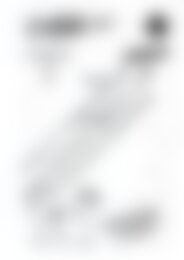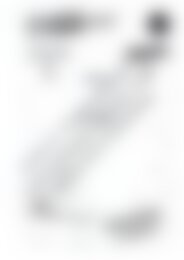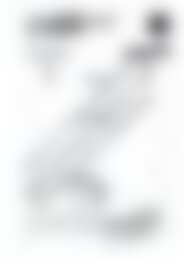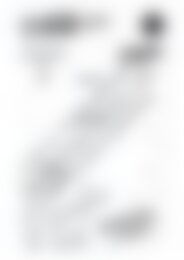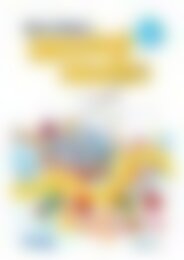RIC-3531 Primary Science - Book D (Digital)
Create successful ePaper yourself
Turn your PDF publications into a flip-book with our unique Google optimized e-Paper software.
Teacher Information<br />
After completing the<br />
unit, the students can<br />
assess themselves and<br />
provide feedback to<br />
the teacher and their<br />
parents by completing<br />
the self-assessment<br />
face. This face<br />
indicates how they<br />
felt about the topic. It<br />
is important that the<br />
self-assessment takes<br />
place prior to marking<br />
by a teacher.<br />
The student pages contain a<br />
variety of activities. The written<br />
activities may be the focus of the<br />
lesson or they may be where the<br />
students record their observations,<br />
investigation results and discoveries.<br />
The focus of each blackline master<br />
is given in the indicators on the<br />
accompanying teachers’ page.<br />
On the final page of each unit is the<br />
assessment page. Questions have been written<br />
that will assess individual student knowledge<br />
and understanding of the main ideas in the<br />
unit. The questions have been written fromthe<br />
specific indicators and overall outcomes of the<br />
unit. Each assessment page places an emphasis<br />
on content and understanding as well as skills.<br />
Indicators have been written in language easily<br />
understood by parents, students and teachers and<br />
can be used as a point of reference in parent-teacher<br />
interviews or three-way conferences. These indicators<br />
can be transferred to the assessment proformas on<br />
pages ix and xi.<br />
Assessment proformas have been included on pages<br />
ix and xi, with an explanation of how to use themon<br />
the preceding pages.<br />
Each book of <strong>Primary</strong> <strong>Science</strong> has eight units. This gives teachers the opportunity to change topics every five weeks<br />
over one school year. However, there is no prescribed length of time for each unit. All units include some activities that<br />
can be completed in one lessons, others may go over two lessons, depending on a variety of factors, such as:<br />
• the stimulus suggesting learning about science outside the classroom;<br />
• the students needing to make observations prior to the lesson;<br />
• an experiment being conducted that needs to be observed over a number of days;<br />
• the students being required to find information by researching, using the Internet,<br />
conducting surveys or interviews;<br />
• a concept needing to be clarified further to ensure understanding.<br />
<strong>Primary</strong> <strong>Science</strong> has been written to the National Outcomes and linked to other State curriculums. The units and<br />
activities can be followed precisely or adapted to meet the needs of specific schools and to suit individual styles of<br />
teaching. Suggestions for setting up a science classroomand for teaching science can be found on page iv. Ideas for<br />
teaching science to meet the special needs of individual students are discussed on page v, along with exciting ideas for<br />
presenting scientific information.<br />
©R.I.C. Publications<br />
Low Resolution Images<br />
Display Copy<br />
PRIMARY SCIENCE ~ R.I.C. Publications ® ~ www.ricpublications.com.au<br />
ISBN 978-1-925660-54-8<br />
iii










